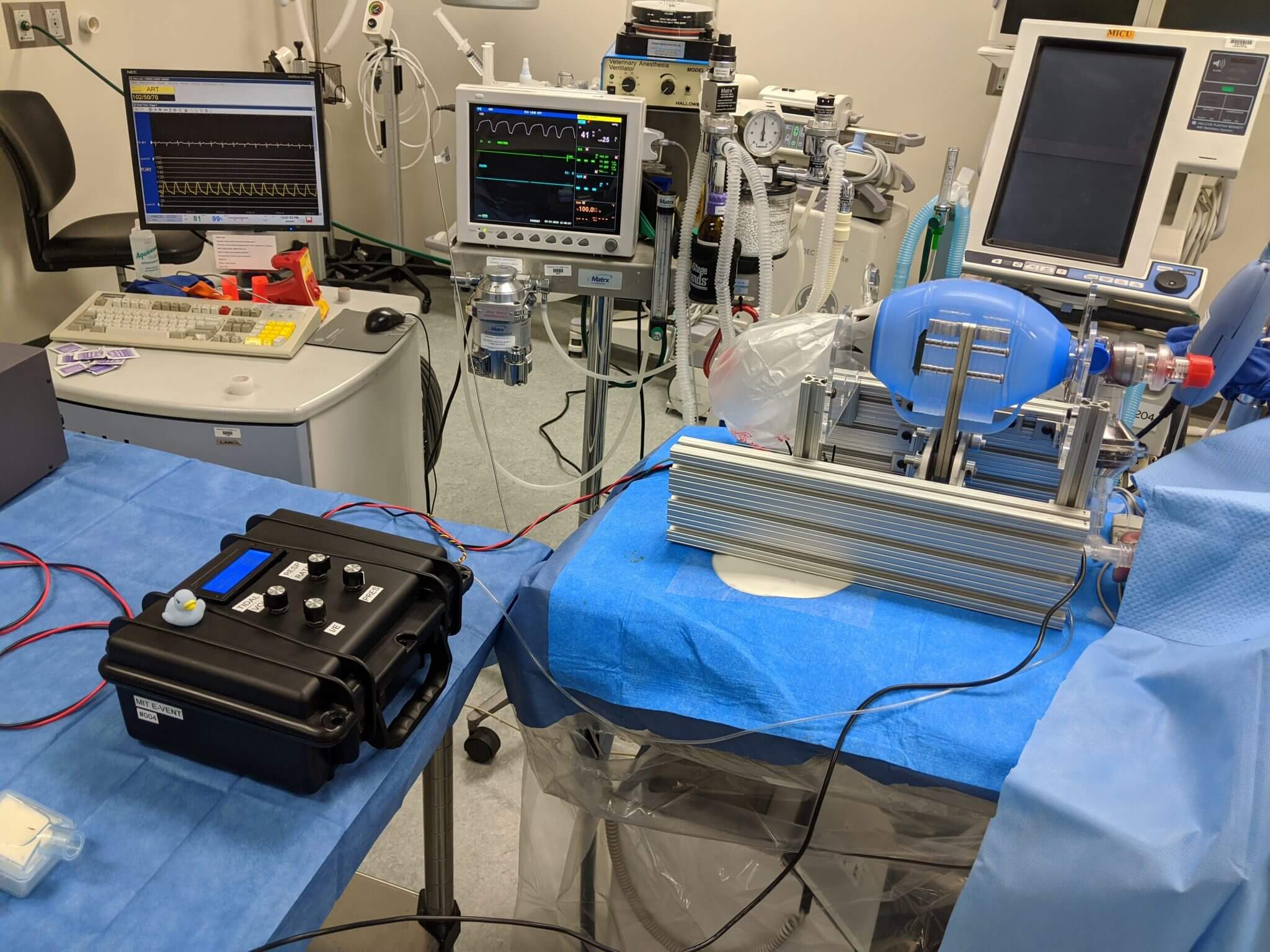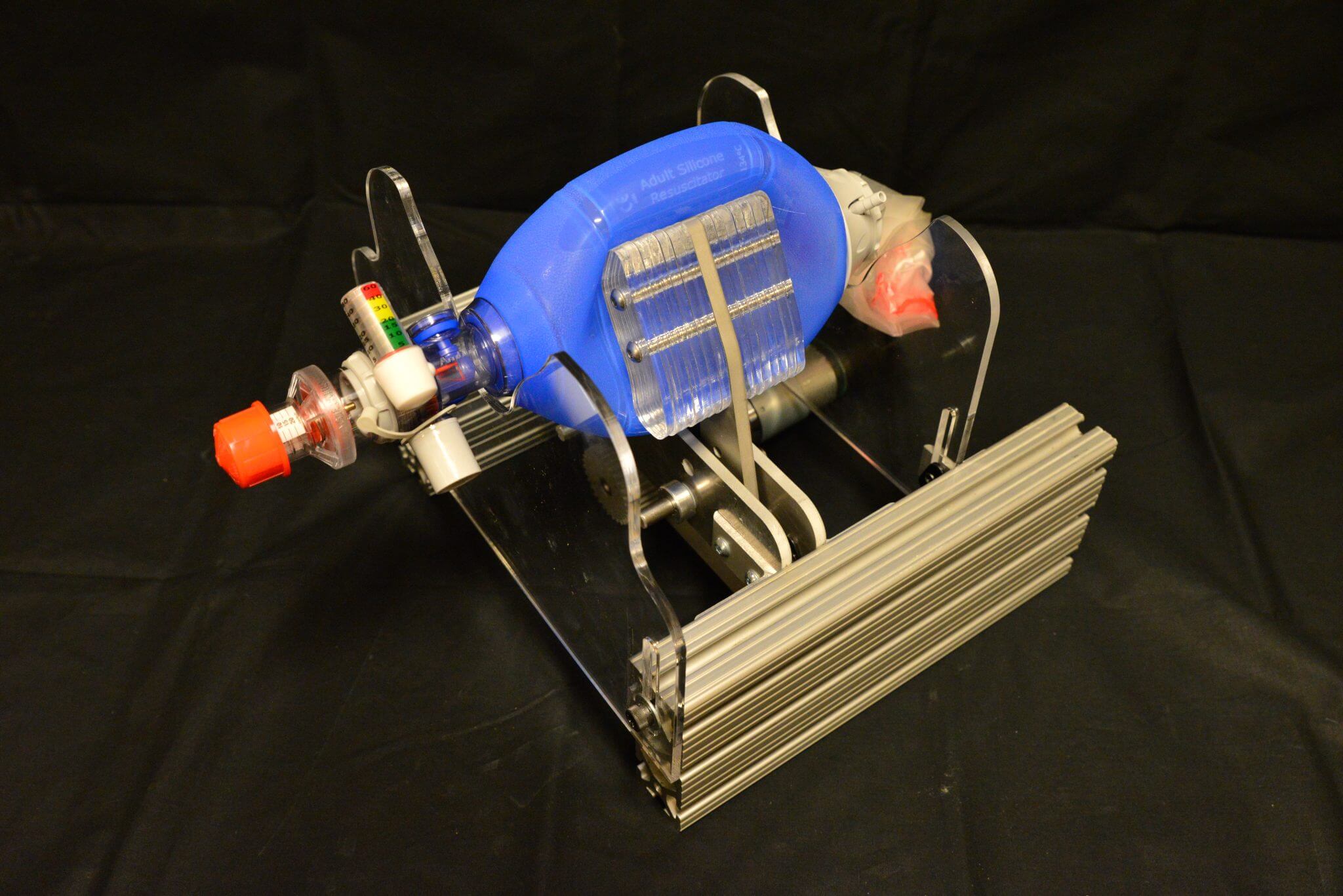In a nutshell: Nearly a decade ago, a team of students from MIT developed a mechanical ventilator using a bag valve mask, the kind of manual resuscitation device you might see a first responder use in an ambulance. The project never moved past the prototype stage but now that we’re in the midst of a global pandemic that is forecasted to seriously test worldwide healthcare systems, the idea is being revisited.

The MIT Emergency Ventilator (E-Vent) is one of several potential solutions to the anticipated global lack of ventilators. Simply put, it is a manual Ambu-bag ventilator that is automated through the use of a mechanical device. As mentioned, Ambu-bags are common in critical care environments but there apparently isn’t any clinical evidence regarding their safety over longer periods of use like days or weeks.

MIT said its E-Vent is anticipated to be useful in scenarios where it can free up existing ventilator supply or in life-or-death situations where there is no other option, adding that any solution should only be used in a healthcare setting that is being monitored by a clinical professional.
MIT is publishing its open source design as a safety reference for those with the capabilities to manufacture ventilators. As you’ve no doubt heard, several unrelated companies including Tesla, 3M, GE and Ford have committed to manufacturing ventilators and other in-demand medical supplies like surgical masks.
The university is also submitting its design to the FDA for review under the Emergency Use Authorization authority.